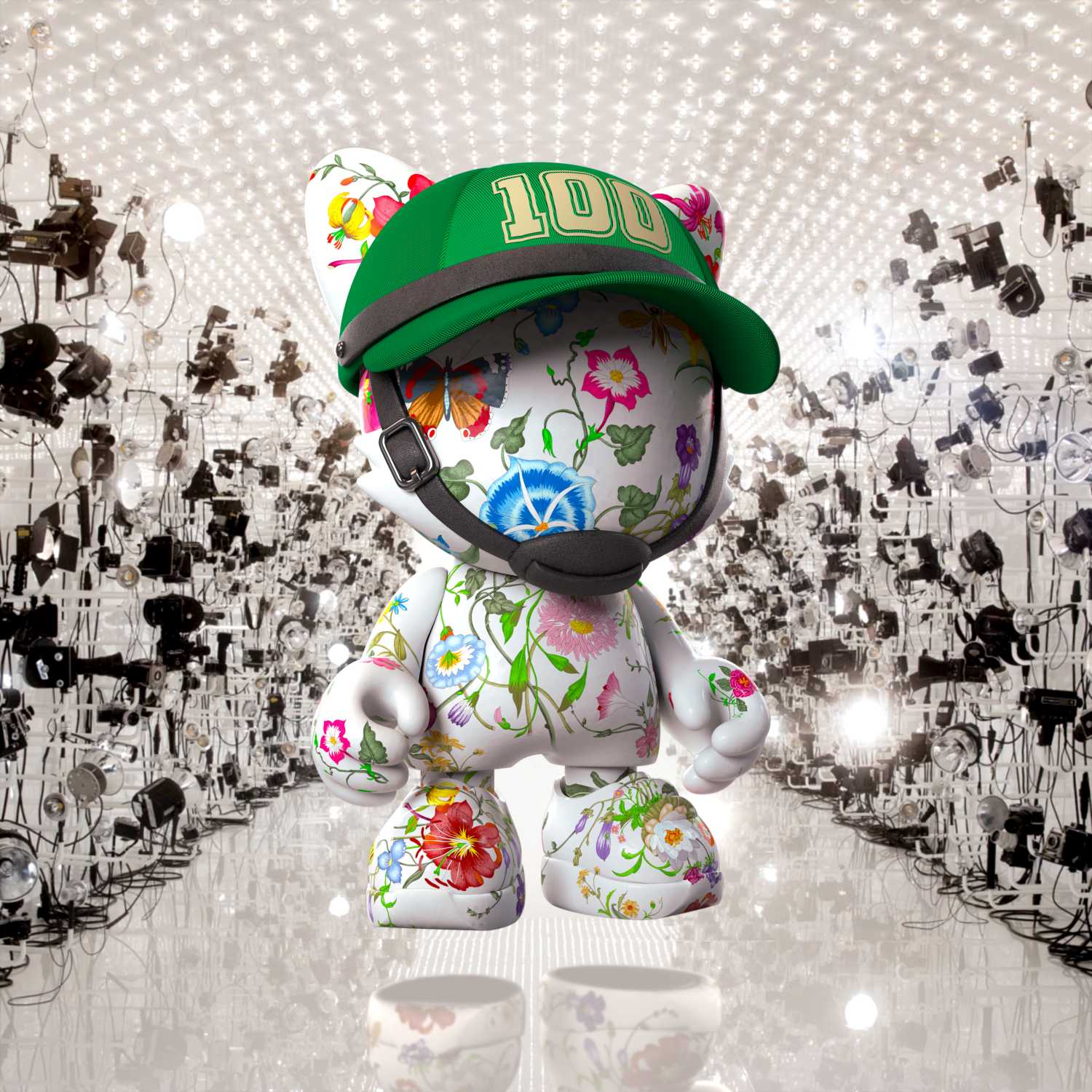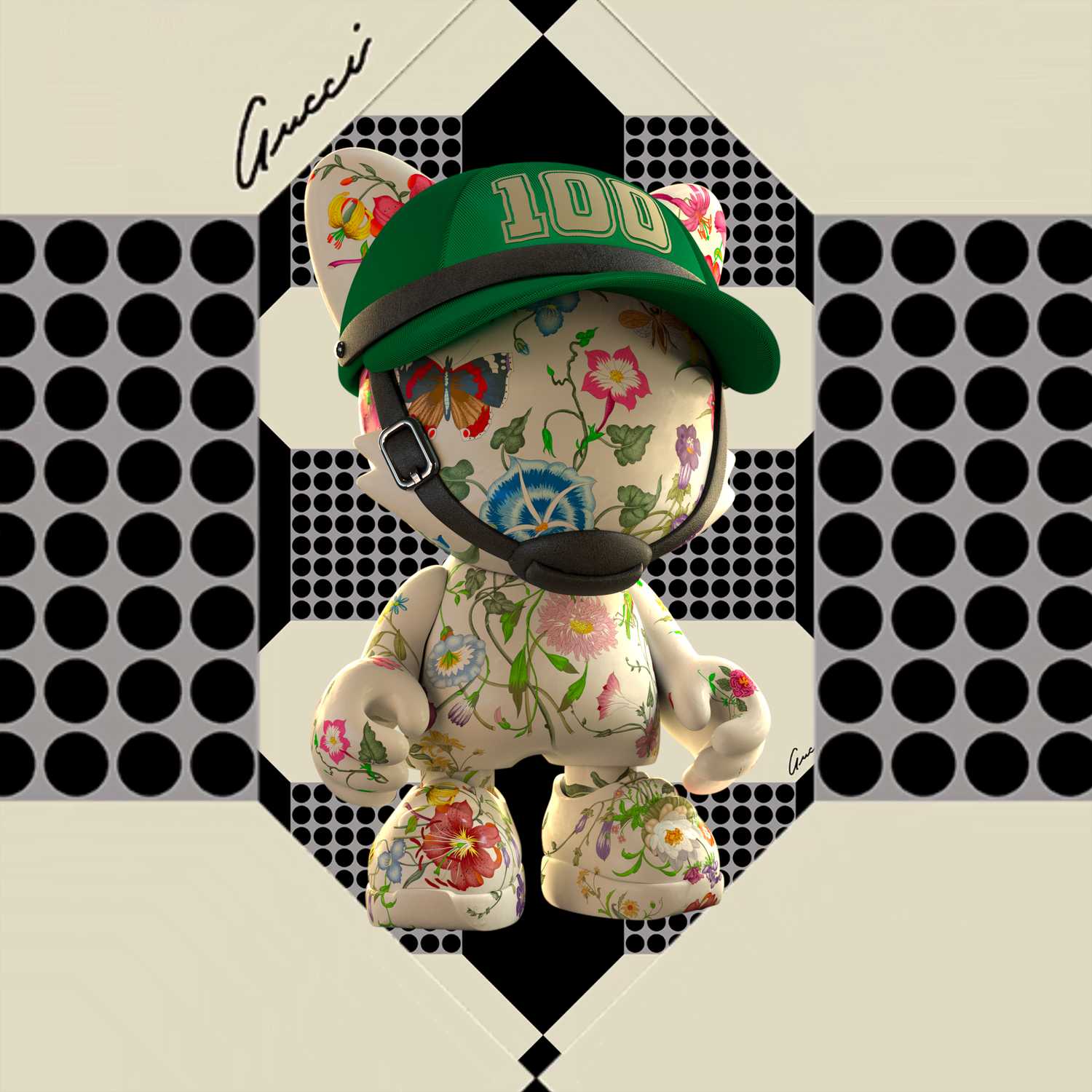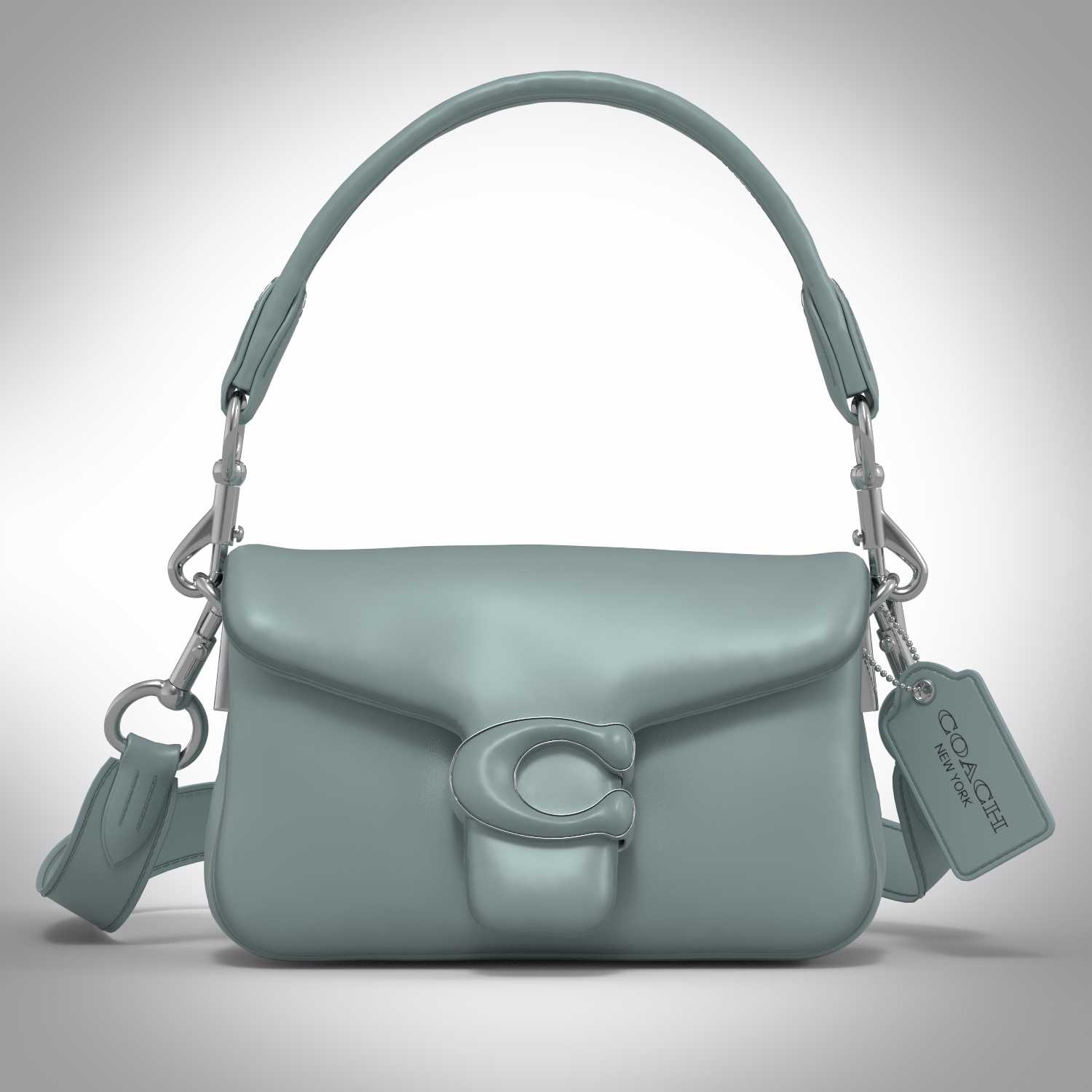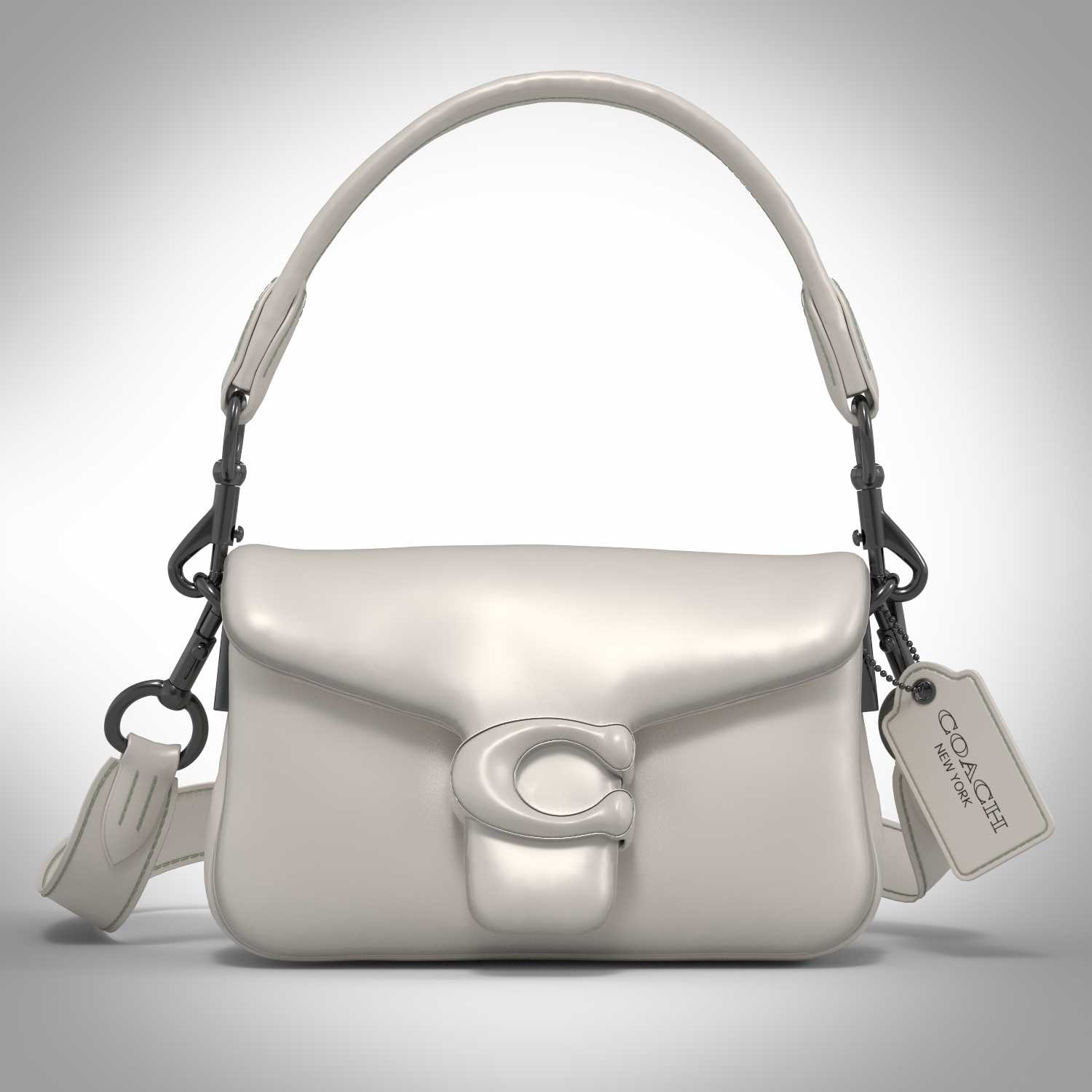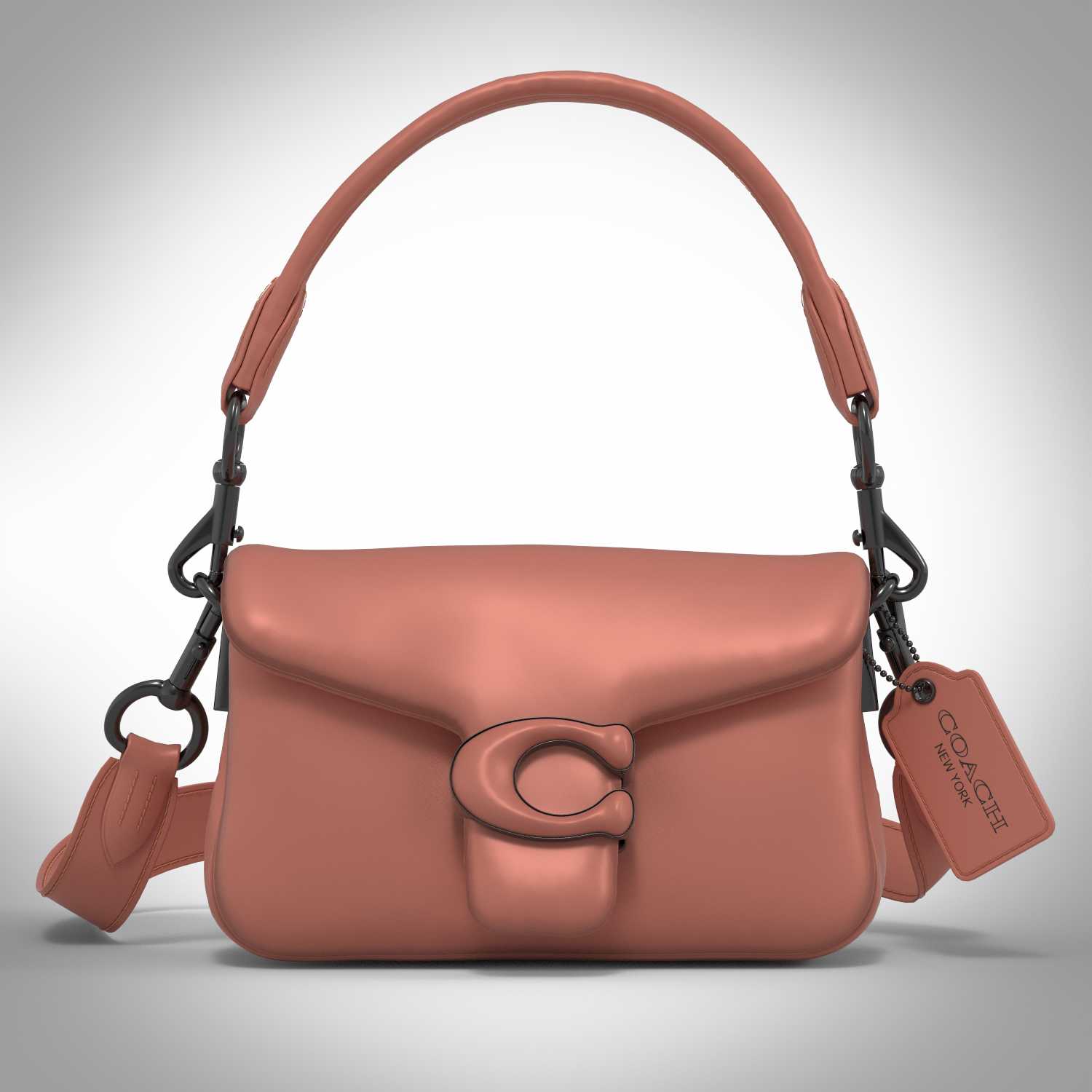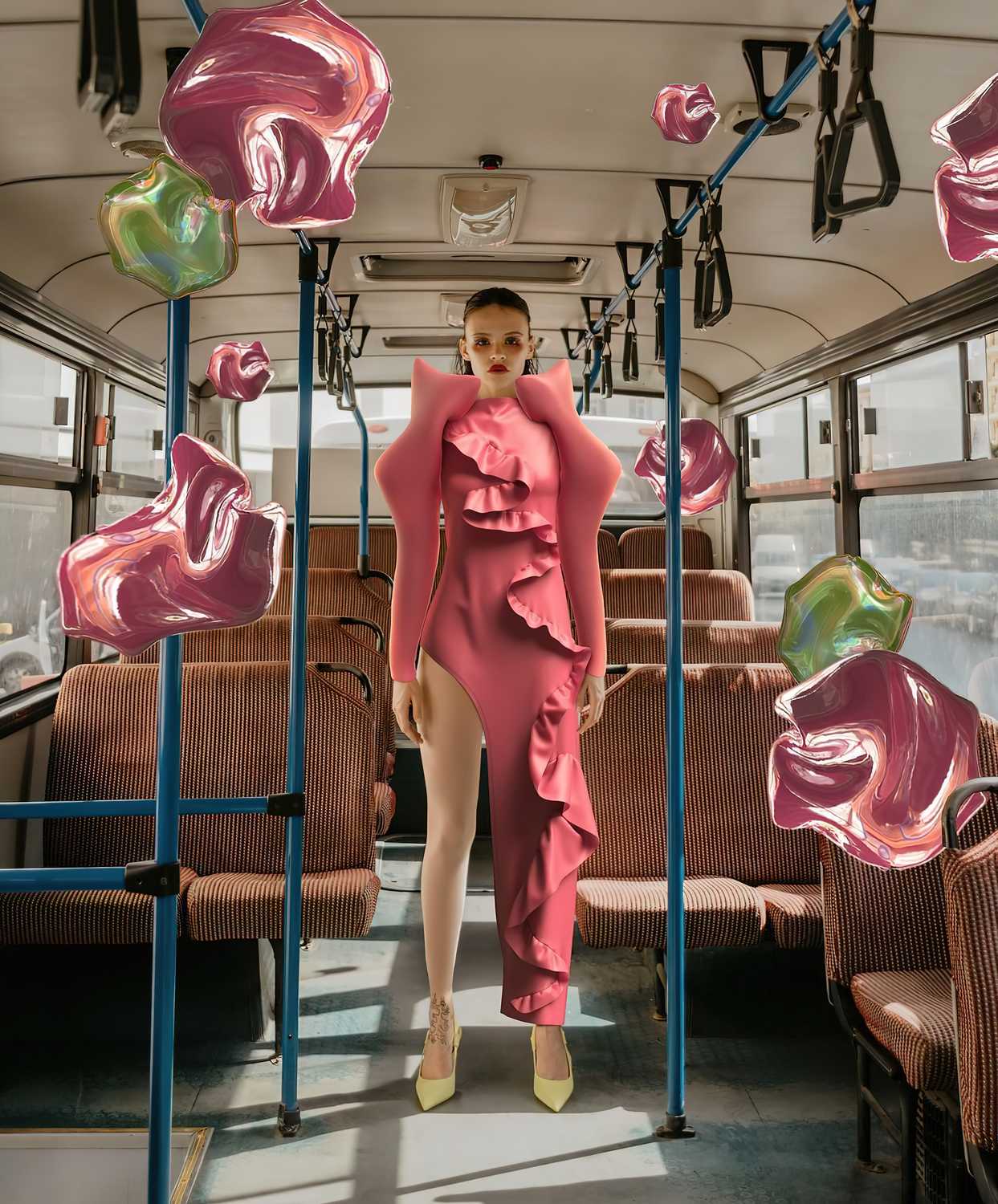
As a fashion writer, my job has always been rooted in the idea that some things are just better in real life. You can only really understand the impeccable craftsmanship of a piece of clothing once you’ve seen it up close, and you can’t really fall in love with a shoe or a handbag or a dress until you’ve tried it on. This has been the guiding principle of the fashion industry since its inception. So why is it that I’ve spent much of the last two years obsessed with fashion that exists only in two dimensions? The rise of so-called ‘digital fashion’ felt like a fad back in the early 2010s, when discussions first emerged about dressing digital avatars in designer clothing. At the time it was seen as a marketing ploy to facilitate real-world purchases. Retailers like Topshop created virtual dressing rooms where you could ‘try on’ pieces with a digital rendering of your body. But they never really took off, and popular wisdom dictated that augmented reality and IRL fashion were inherently incompatible.
Fast forward ten years and the role of a fashion journalist has become merged with that of a technology reporter. As I write this piece, the Fall/Winter 2022 collections are being presented and the technological innovations are incessant: In New York, Altuzarra and Eckhaus Latta presented NFT offerings alongside their real-life runway shows, as did the British brand Roksanda in London. Jonathan Simkhai and Maisie Wilen went one step further and showed digital-only versions of their collections. Paris Fashion Week opened the season with a digital showcase from Institut Français de la Mode MA graduates. The students worked with tech start-up Stage 11, who scanned pieces from their graduate collections and turned them into digital products. Soon after the ready-to-wear collections finished, the world’s first Metaverse Fashion Week took place, hosted by the metaverse platform Decentraland. Hugo Boss, Burberry, Paco Rabanne, and Dolce&Gabbana, were among the brands showcasing fashion collections designed and produced for life in the metaverse.
Change is happening elsewhere, too. The British department store Selfridges announced plans in early 2022 to sell NFTs and digital fashion pieces out of their Oxford Street flagship. Balenciaga have started creating digital-only collections for avatars in the online video game Fortnite, and Vans are selling digital sneakers on the global gaming platform Roblox. Last year Gucci sold its first-ever NFT, a fashion film called Aria, for $25,000 through Christie’s. In 2022, they collaborated with the cult toy and entertainment company Superplastic on a collection of digital collectibles, including 10 NFTs that sold for the equivalent of $2,600 apiece. Put simply, important players in the industry are betting that digital-only fashion is not a fad, but the next frontier of fashion consumption. Terrified of being left behind, brands are clawing to be leaders in this strange new world. Hermès lost out, for example, when an NFT by the artists Mason Rothschild and Eric Ramirez depicting a pulsating, ‘pregnant’ Birkin bag, sold for $23,500 – more than the real thing. Brands are realising they need to join the revolution or risk missing out.
But all of this inevitably begs the question: who is digital fashion actually for? For a long time it had seemed to me that there was a large, perhaps insurmountable divide between the technology-obsessed gamer types who are vying to live in the metaverse, and the kind of people who obsess over the runways at Paris and Milan Fashion Week. But, of course, to view digital fashion in this binary (tech-obsessed or fashion-obsessed) manner is to totally miss the point. We are, after all, living much of our lives online already. For years we have been purchasing fashion pieces simply to show off that we own them to strangers on the internet. Why not cut out the middle man and simply buy clothes that exist only online?
“We don’t want to conquer physical fashion brands, we want to show them how we can help monetise for the digital universe,” explained Daria Shapovalova, co-founder of the Los Angeles-based startup DressX, which specialises in digital fashion, in an interview with WWD. “We want to make fashion affordable, inclusive, and available to everyone,” she continued. “You can wear one outfit on Google Meet, in a TikTok video, and in gaming… we’re here to navigate how the fashion of the future will look in all kinds of multiverses.” This talk of ‘multiverses’ may sound like something out of Black Mirror, but in reality the vision of DressX and its contemporaries like Zero10, Dematerialised and 3DRobe are quite simple. Want to post a new season look to Instagram but don’t want to fork out the money on something you’re not likely to wear more than once? Pay a third-party app to digitally stitch the piece onto an existing picture of you. Want to look sharp on Zoom for a conference call at work? Purchase a digital outfit that will render onto your moving video. Ditto for TikTok, YouTube, and wherever else you exist online.
It may sound bonkers, but it’s actually a hugely viable fix to fashion’s manic overconsumption problem. According to a 2019 UN report, more than 21 billion tonnes of textiles end up in landfill each year, and of the 100 billion fashion items produced each year, three-in-five are discarded within a year of purchase. These sobering statistics drive home the importance of a tangible solution that still caters for the ‘need it now’ mania that drives life on social media. Through this lens, digital fashion doesn’t feel like a gimmick, it feels like an ever-growing necessity. “Endless production cycles and overconsumption seem to only increase… it’s a vicious cycle,” says Zero10 founder Geroge Yashin. “We are very close to the consumption limit. We have almost reached it and to prevent the game from destroying itself, it is important to look into new possibilities and even build them.”
Tech pundits have been speculating on the future of ‘the metaverse’ for years, but the term only exploded into the mainstream lexicon with Mark Zuckerberg’s much-memed video announcement revealing Facebook’s plans to invest billions of dollars in metaverse technology last October (searches for ‘metaverse’ increased 100-fold in the weeks before and after the announcement). This coincided with the explosion of cryptocurrencies and NFTs during two years of lockdown, where many people had little else to do but play around on their phones. Throughout 2021 sales of NFTs rose to $10.7 billion in the third quarter of the year, from $1.3 billion in the second, while easy-to-use apps for trading novices wanting to dabble in crypto started cropping up in droves. “There is no big difference between virtual and physical any more,” says Yashin. “Millennials and Gen Z grew up in a world where half of their daily life and communications are online and the pandemic proved once again that none of us can imagine life without a digital space.”
Does this mean we should all start culling our real-life wardrobes and investing exclusively in a world of virtual designer threads? Not necessarily. Any true fashion lover knows that nothing digital could ever compare to the feeling of putting on a perfectly-fitted blazer, or that dress that makes you feel a million dollars every time you wear it. There will always be a space for real-life clothing, for the simple but profound reason that we wear clothes for how they feel, as much as for how they look. But to pretend that fashion isn’t on the cusp of a major revolution is to deny reality. A new generation of consumers who have spent their entire lives online are no longer as enticed by the limitations of physicality. When your identity is shaped through technology, why shouldn’t that extend to how you dress? Whatever your stance, it’s worth exploring the new capabilities of digital fashion with an open mind and a sense of playfulness. We’ll see you on the other side





